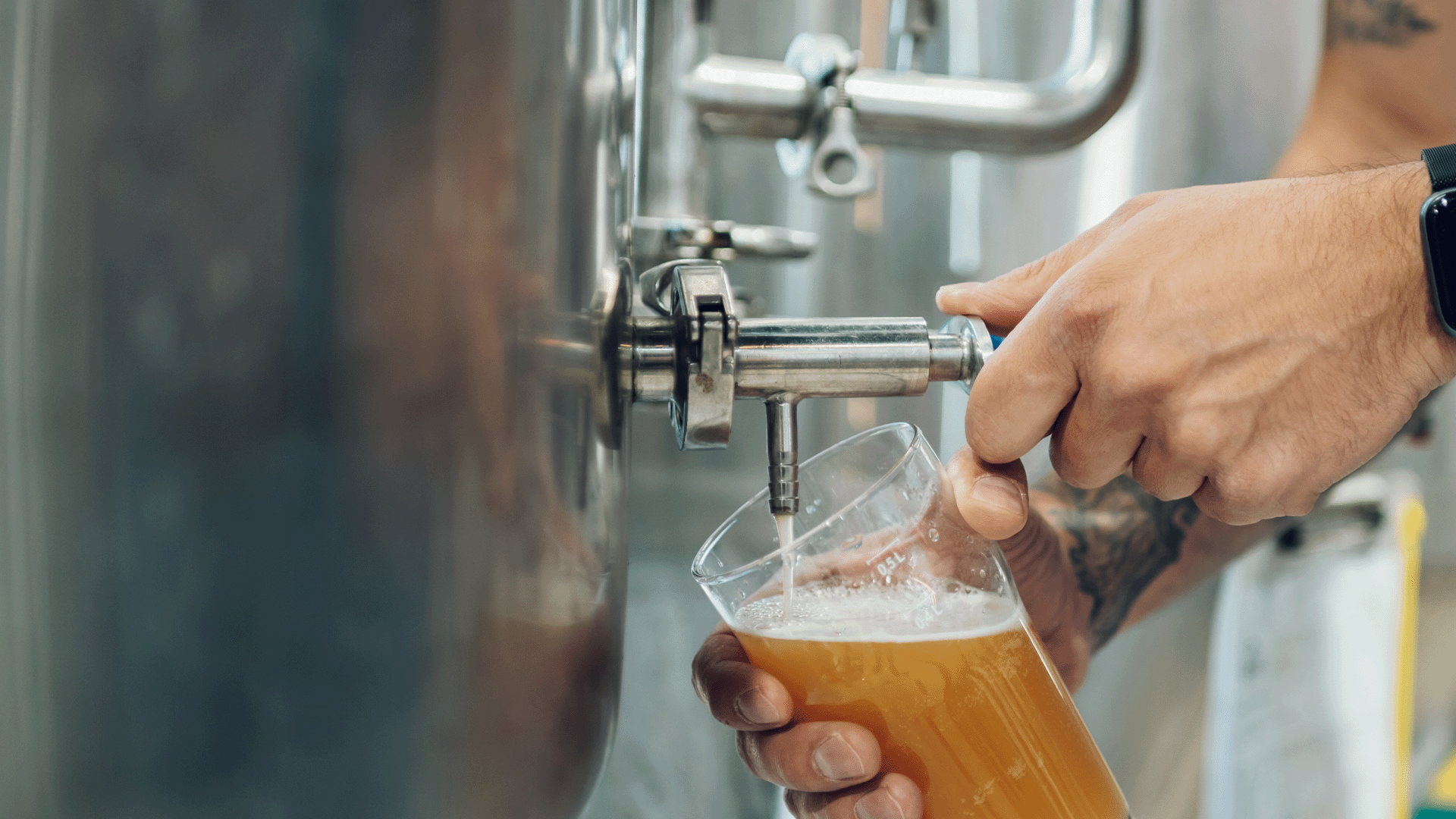Sanitary Sample Valves: What They Are, How They Work, and When to Use Them
In hygienic processing, representative samples are essential for quality control, release testing, and troubleshooting. Sanitary sample valves are purpose-built to draw those samples safely and repeatably without compromising product integrity or Clean In Place (CIP) performance.
What Is a Sanitary Sample Valve?
A sanitary sample valve is a hygienic valve designed to draw a small, representative volume of product from a pipeline, tank, or vessel for analysis. Unlike general-purpose valves, sample valves minimize “dead-legs,” use food and pharma-grade materials, and are engineered for easy cleaning and sterilization.
Key Components & Design Features
- Valve Body: 316/316L stainless steel is standard for corrosion resistance and cleanability. Bodies are typically compact to reduce hold-up volume.
- Seat & Seals: Common elastomers include EPDM, FKM, and PTFE. The right seal balances chemical compatibility, temperature resistance, and regulatory requirements.
- Actuation: Manual handwheel or lever is common; some designs offer pneumatic actuation for repeatability and remote operation.
- Port Geometry: Straight-through or needle-type stems control a small orifice for precise, low-turbulence sampling.
- Process Connections: Tri-Clamp ferrules are typical for fast changeover while weld ends and threaded connections are also used depending on standards and validation needs.
- Cleanability: Smooth internal finishes, crevice-free seating, and drainable orientation help ensure effective CIP/SIP and reduce contamination risk.
- Accessories: Sampling hoses, aseptic septa, steam-in-place (SIP) ports, and integrated drip-trays support sterile technique and operator safety.
Who Uses Sample Valves and How?
Food & Beverage
- Dairy: In-line microbiological sampling to confirm pasteurization performance and product safety.
- Brewery & Winery: Gravity, pH, and sensory checks during fermentation and conditioning without opening tanks.
- Juice, Soft Drinks, and Syrups: Brix and flavor verification during batching and filling.
Biopharmaceutical
- Upstream/Downstream: Sterile sampling from bioreactors and skid piping to verify titer, endotoxin, or bioburden.
- Utilities: Water-for-Injection (WFI) and clean steam quality checks from hygienic distribution loops.
Why Choose a Sanitary Sample Valve vs. Other Valve Types?
While ball, butterfly, or needle valves can move product, they are not optimized for hygienic sampling. Sanitary sample valves provide:
- Hygienic geometry: Reduced dead-space and drainable orientation to limit residue and microbial harborage.
- Regulatory readiness: Materials and finishes suitable for food and biopharma environments.
- Repeatability: Small, controllable orifices designed specifically for sampling, not full-flow throttling.
- Clean In Place (CIP) compatibility: Designs that withstand routine cleaning and sterilization cycles.
- Operator safety: Accessories (e.g., sterile septa, sampling lines) help prevent exposure and cross-contamination.
| Use Case | Sanitary Sample Valve | Ball/Butterfly Valve | General Needle Valve |
|---|---|---|---|
| Representative, low-volume sampling | Excellent | Poor/Fair (not purpose-built) | Fair (not hygienic) |
| Hygienic design and cleanability | Excellent | Fair (larger cavities) | Poor (threaded stems, crevices) |
| CIP/SIP compatibility | Designed for it | Varies | Limited |
| Regulatory environments | Preferred | Sometimes acceptable | Generally not suitable |
Selection Tips
- Media & environment: Match body and seal materials to product, cleaners, and SIP temperatures.
- Connection type: Tri-Clamp for fast service and weld ends where validation and ability to drain are critical.
- Actuation & control: Manual for occasional pulls, pneumatic for frequent, consistent sampling.
- Location & orientation: Install where flow is representative and components are fully drainable; minimize dead-legs.
- Cleaning strategy: Confirm compatibility with your CIP/SIP chemicals and cycles, consider integrated steam ports where sterile sampling is required.
Sampling Best Practices
- Sanitize the valve and sampling line prior to opening; where required, steam or sanitize to waste before collecting the sample.
- Flush a small volume to drain to clear stagnant product, then collect the sample into a clean, labeled container.
- Close the valve gently, verify no drips, and document lot, line, time, and operator for traceability.
- Include the valve in routine CIP/SIP and preventive maintenance schedules, inspect seals and replace as needed.
Ready to Improve Your Sampling Program?
Whether you’re standardizing in a dairy plant, scaling a brewery, or validating a bioprocess line, the right sample valve (like our TOP-FLO® SVN, EVN, INN Type Sample Valves) safeguards product quality and can speed up decision making. Shop all sanitary valves now.

